3A: Connection to Universal Design Learning
The following assessment is based on a comparison of my Creative Computational Thinking Resource against the Universal Design for Learning Framework.
Why?
This computational thinking and coding resource provides multiple means of engagement that offers each learner an opportunity to express their learning in a manner which is representative of them.
Digital Literacy
Digital literacy is the ability to use information and technology to find, create, and communicate information using creative and technical skills (Heitin, 2016). Each of these lessons emphasize and support teachers through computational thinking and provide context and terminology to support the activities. Students are scaffolded along the way, using World Walls of terms for guidance, building up brainstorming conversations, leaving space for error and struggle. Relevant uses of digital literacy are highlighted with references to Hidden Figures and early human calculators, as well as critical discussions about the struggles and places where coding and programming might be seen in the real world. The basis for computer literacy is balanced between direct instruction of terms, conversation and links to game-based, engaging learning to have a lasting impact on students.
Inquiry-Based Learning
Utilizing inquiry-based learning and self-discovery in each of these lessons supports UDL, as it leads to personal connection and interest. Supporting students as they stumble and make errors when building their code or algorithm builds a deeper connection to their end result, as they have had more investment and interest in the process rather than just being guided to the end result. Students develop grit and connection to their learning if they are allowed to make errors and feel frustrated (Duran, & Dökme, 2016). Threats and areas for distractions are limited because the lesson plans are designed to anticipate for areas of struggle, and there are supporting documents, videos and tips to guide students through these tough spots.
Measurable Outcomes
Each lesson is focused, concise, and has a measurable outcome at the end of each lesson. Each student is empowered to present their algorithms or Hour of Code based on a topic that interests them, but the outcome and expectation for the end result is the same for each student. With an overall outcome in mind, the teacher can adapt the process based on students interests and needs to ensure that each student understands the outcomes and learning goals from each lesson in a way that is authentic to their own learning. An example is if a student wants to go above and beyond and create a complicated algorithm for making a complete sandwich, and another student is capable of making a simple peanut butter and jelly sandwich algorithm using strips of paper, both students have demonstrated an understanding and utilization of the concept of what an algorithm is. Both satisfy the learning outcomes of the lessons, but are structured in a way which represent the learner.
What?
Reducing Barriers
Computer science is a course which can be intimidating to teach if you do not feel you have years of experience in the field. This resource aims to reduce the barriers to access for teachers wanting to introduce computational thinking to their class, regardless of experience. Each resource provides clarifying videos, glossaries, and guiding questions to provide teachers with background information on the topic covered in the lesson. An example of this is the Khan Academy video explaining the various programming languages used in computing. Including multimedia resources creates an engaging and user friendly resource for both teachers and learners.
Concise and Effective
There was the temptation to input an extensive list of programs which teachers can use to demonstrate computational thinking and game-forward learning, but the emphasis of this resource was to create two well thought out, well-supported lesson plans which could be expanded to suit learners needs. Critical features and big ideas in the curriculum were the focus, with critical and creative thinking and problem-based learning being at the forefront of each lesson. Teachers can link this type of thinking to other subjects, and satisfy other big ideas in the curriculum. Providing extension suggestions, such as watching Hidden Figures or exploring careers in computer programming maximize the transferability of this resource and makes it applicable to many subject areas.
How?
Accessibility
This resource provides room for individual responses and personal exploration of coding and gaming as an introduction to computational thinking. Students are given room to work on their own algorithms, explore their own Hour of Code program of their choice, and discuss ways in which they feel programming and coding applies to their own lives. Where this resource falls short is in terms of accessibility to those learners who may not be able to interact with video, online text, or guided instruction on SNAP! or LightBot. This resource relies heavily on self-paced learning or using the support of teaching assistants or guardians at home. It would be beneficial to explore ways in which to engage students who have accessibility barriers or who do not enjoy working at a their own pace.
Assessment
As a follow-up, there could be a supplementary resource which gives students who do not enjoy inquiry or project based learning a chance to show their understanding through a worksheet or short quiz. While this type of learning is not in focus of the current curriculum, it is important to meet students where they are at in order for them to succeed. Assessment is also not included in these resources, as these lessons are designed for exploration and increasing interest in computational thinking. Assessment focused teachers may find this difficult and may not utilize this resource without knowing how to assess their students learning without concise learning outcomes and assessment strategies included. The assessment included in this resource involves formative techniques including guiding questions, checking in, monitoring student progress and observing their end products, but summative assessment is not included.
3B: Literature Review
Computer science empowers students with 21st century skills which are relevant to the current and future workforce (Fluck, 2016 & Webb, 2017). The term computer science differs from computer literacy because it refers to the ability to create and adapt new technologies; Literacies focuses more on using and mastering existing technologies (Webb, 2017, pp. 446). Teaching computer skills strengthens local communities, promotes innovation and provides future opportunities for youth (Fluck, 2016, pp. 44). A majority of the innovation in society comes from the use of computer science including biotechnology, geoscience, and global security. “We need to develop aware citizens – not necessarily creators but more than consumers” (Webb, 2017, pp. 448). Incorporating computer science and technology forward thinking prepares and engages students to innovate and create the new technologies which drive global economies and growth.
Computer science is a critical component of the new BC curriculum because the ability to innovate with technology is important for students’ future success. It empowers them with the abilities to adapt to a rapidly tech-forward job market and demands from global society. Webb’s (2017) article offered suggestions for engaging students, school districts, and teachers in the computer science curriculum. Bringing computational thinking into elementary grades makes the transition to more complex digital thinking easier and allows for more opportunities for inquiry-based learning in the later years (Webb, 2017, pp. 451). Computer science teams and competitions for innovative thinking can increase engagement and help students interact with computational thinking in a fun and exciting way. Fluck (2016) stresses the importance of making computer science courses accessible for all learners and teachers. Actively encourage and recruit a diverse range of students to take computer science courses and employ inclusive pedagogies to meet the needs and interests of these students (Fluck, 2016, pp. 41-43). Develop learning content that is visual and interactive, and weave in real-world examples of people creating technologies that will change and make the world a more positive and innovative place. Technology is everywhere, and students are using computers every day. Empower them to be creators and innovators of technology by engaging them in the computer science curriculum throughout their educational journey.
References
Duran, M., & Dökme, İ. (2016). The effect of the inquiry-based learning approach on Student’s critical thinking skills. Eurasia Journal of Mathematics, Science and Technology Education, 12(12) doi:10.12973/eurasia.2016.02311a
Heitin, L. (2016). Digital Literacy: An Evolving Definition. The Changing Face of Literacy, 36(12), 5-6. Retrieved from https://www.edweek.org/ew/articles/2016/11/09/what-is-digital-literacy.html#:~:text=The%20American%20Library%20Association’s%20digital,both%20cognitive%20and%20technical%20skills.%22
Fluck, A., Webb, M., Cox, M., Angeli, C., Malyn-Smith, J., Voogt, J., & Zagami, J. (2016). Arguing for computer science in the school curriculum. Journal of Educational Technology & Society, 19(3), 38-46. Retrieved from http://search.proquest.com.ezproxy.library.uvic.ca/docview/1814441053?accountid=14846
Webb, M., Davis, N., Bell, T. et al. (2017). Computer science in K-12 school curricula of the 2lst century: Why, what and when?. Educ Inf Technol, 22, 445–468. https://doi-org.ezproxy.library.uvic.ca/10.1007/s10639-016-9493-x









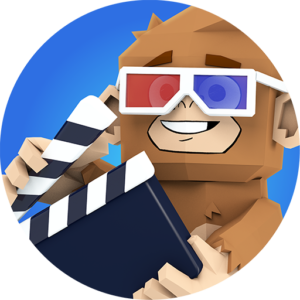
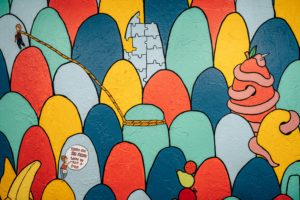
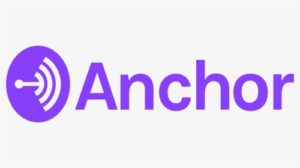

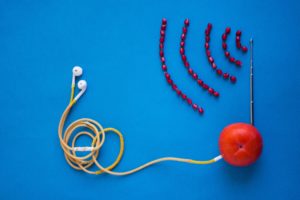
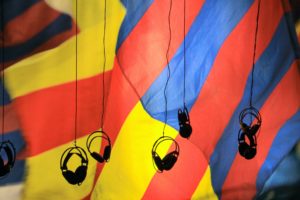
Recent Comments